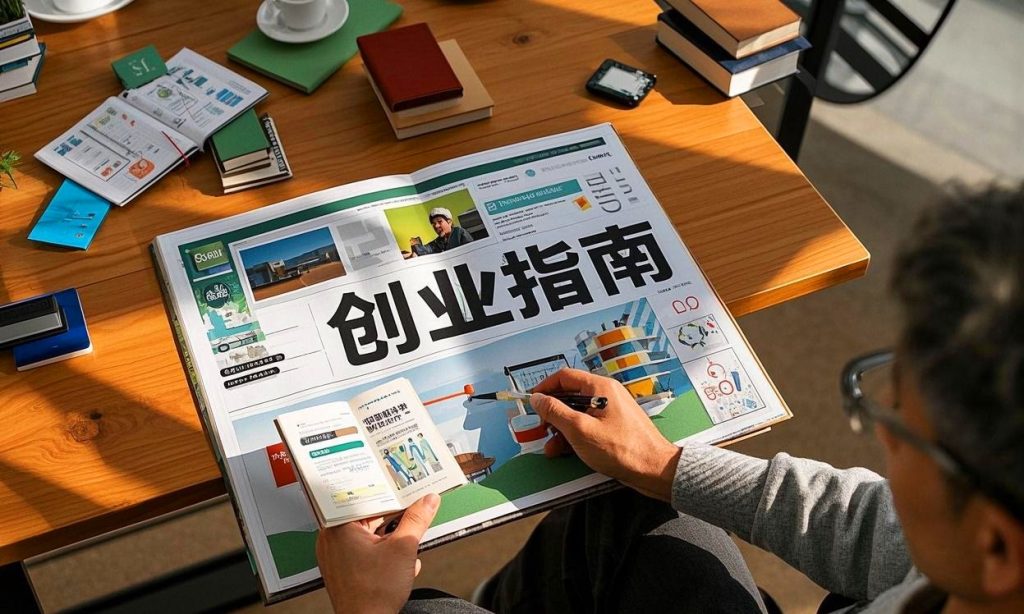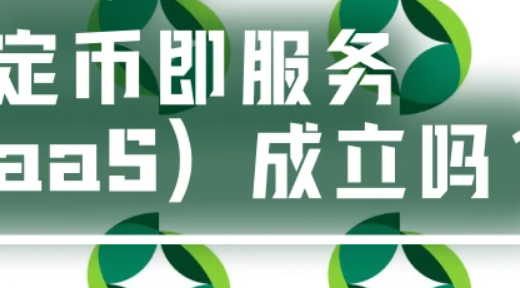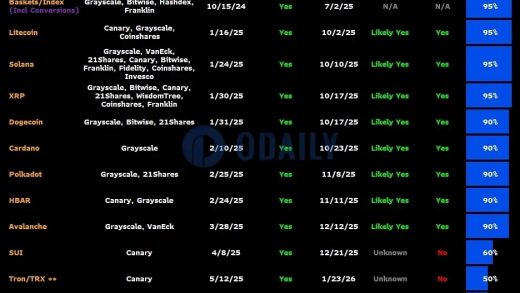
Authentic Word-of-Mouth Marketing: 3 Strategies to Get Users to Spread the Word Voluntarily
In today’s era of information explosion, there are endless advertising and marketing methods, but consumers’ trust in traditional advertising is gradually declining. In contrast, word-of-mouth marketing has become one of the most effective ways for brand communication due to its authenticity and credibility. However, how to get users to voluntarily spread the word about your brand or product is a question worthy of in-depth exploration.
This article will revolve around the theme of “authentic word-of-mouth marketing”, from problem identification, solution formulation to case analysis, revealing 3 core strategies to get users to spread the word voluntarily.
Problem Identification: The Core Difficulties of Word-of-Mouth Marketing
The core of word-of-mouth marketing lies in “authenticity” and “voluntariness”. Users won’t spread the word about a brand for no reason unless they gain some value or emotional resonance from it. Therefore, the difficulties of word-of-mouth marketing lie in:
How to stimulate users’ desire to share?
Users are only willing to share when they feel the unique value of the product or service.How to make the spread content authentic and credible?
False word-of-mouth spread not only fails to bring long-term benefits but may also damage the brand image.How to expand the spread scope?
Even if a few users are willing to share, how to get more people involved and form a fission effect?
Next, we will propose 3 specific strategies to address these issues.
Strategy 1: Create an Exceeding-Expectations User Experience
The core motivation for users to share often comes from the “surprise” brought by the product or service. This sense of surprise can be innovation in function, considerate service, or even emotional resonance.
Specific Methods:
Exceed users’ expectations:
Provide products or services that exceed users’ expectations. For example, Haidilao’s services such as “free nail art” and “birthday surprises” make users feel valued and thus willing to share actively.Design “sharing points”:
Design easy-to-share highlights in the product or service. For instance, the “eye-catching” beverage packaging of Heytea makes users spontaneously take photos and share them on social media.Emotional resonance:
Establish an emotional connection with users through brand stories or values. For example, Nike’s “Just Do It” is not just a slogan but a spirit that stimulates users’ sense of identity.
Case: The “Unboxing Experience” of Apple Products
Apple’s product packaging is designed simply yet exquisitely, giving users a sense of ceremony when unboxing. This experience makes users willing to share unboxing videos or photos on social media, thus forming word-of-mouth spread.
Strategy 2: Establish an Incentive Mechanism for User Participation
Users’ voluntary spread needs certain motivation support. By designing a reasonable incentive mechanism, users’ sharing behavior can be stimulated.
Specific Methods:
Social currency rewards:
Let users gain “social currency” when sharing, such as identity recognition and something to show off. For example, Starbucks’ “Star Rewards” membership system allows users to gain points and privileges through sharing.Material rewards:
Provide actual rewards, such as discounts, freebies, or lottery opportunities. For instance, Dropbox’s “Invite Friends to Get Extra Storage Space” activity successfully attracted a large number of users to participate.Community belonging:
Let users feel a sense of belonging through community operation. For example, Xiaomi’s “Mi Fans” community allows users to share not only products but also brand culture.
Case: Pinduoduo’s “Group-Buying Model”
Pinduoduo’s “group-buying” mechanism enables users to buy products at a lower price when sharing links to invite friends to participate. This model not only reduces users’ purchase costs but also expands the brand influence through social fission.
Strategy 3: Build an Ecosystem of User-Generated Content (UGC)
User-generated content is an important part of word-of-mouth marketing. By encouraging users to create content, brands can expand the spread scope with the help of users’ power.
Specific Methods:
Provide creation tools:
Provide users with easy-to-use creation tools or templates. For example, Douyin’s short-video editing function allows ordinary users to easily create high-quality content.Hold UGC activities:
Initiate topic challenges or competitions to encourage users to participate. For instance, Coca-Cola’s “Share a Coke” activity allows users to customize names on the bottles and share them.Showcase user content:
Integrate user-generated content into brand promotion. For example, Airbnb’s “Guest Stories” section attracts more people’s attention through real users’ travel experiences.
Case: GoPro’s User Content Marketing
GoPro encourages users to share exciting videos shot with its action cameras and showcases excellent works on official channels. This strategy not only enhances the brand’s credibility but also attracts a large number of potential consumers through users’ content.
Conclusion
Authentic word-of-mouth marketing doesn’t rely on coercion or false promotion. Instead, it’s about creating value, stimulating emotions, and building trust to get users to spread the word about the brand voluntarily. Here is a summary of the 3 core strategies:
- Create an exceeding-expectations user experience: Make users feel surprised and thus willing to share.
- Establish an incentive mechanism for user participation: Stimulate users’ motivation to spread through rewards or a sense of community belonging.
- Build an ecosystem of user-generated content: Expand the brand influence with the help of users’ power.
Through the above strategies, brands can gradually establish an authentic and sustainable word-of-mouth spread system and ultimately achieve the goal of getting users to spread the word voluntarily. The power of word-of-mouth marketing lies in “authenticity”, and the power of authenticity is often the most powerful.
- Startup Commentary”Building LLMs: The Knowledge Graph Foundation Every AI Project Needs”
- Startup Commentary”The 17th Year of Tmall Double 11 and the New Map Rewritten by AI”
- Startup Commentary”How to Prepare Your Data for Artificial Intelligence”
- Startup Commentary”Small and Medium-sized Banks: “Cutting the Tail” in Loan Assistance”
- Startup Commentary”The Six AI Giants on Stage: AGI Is No Longer a “Future” Thing”





